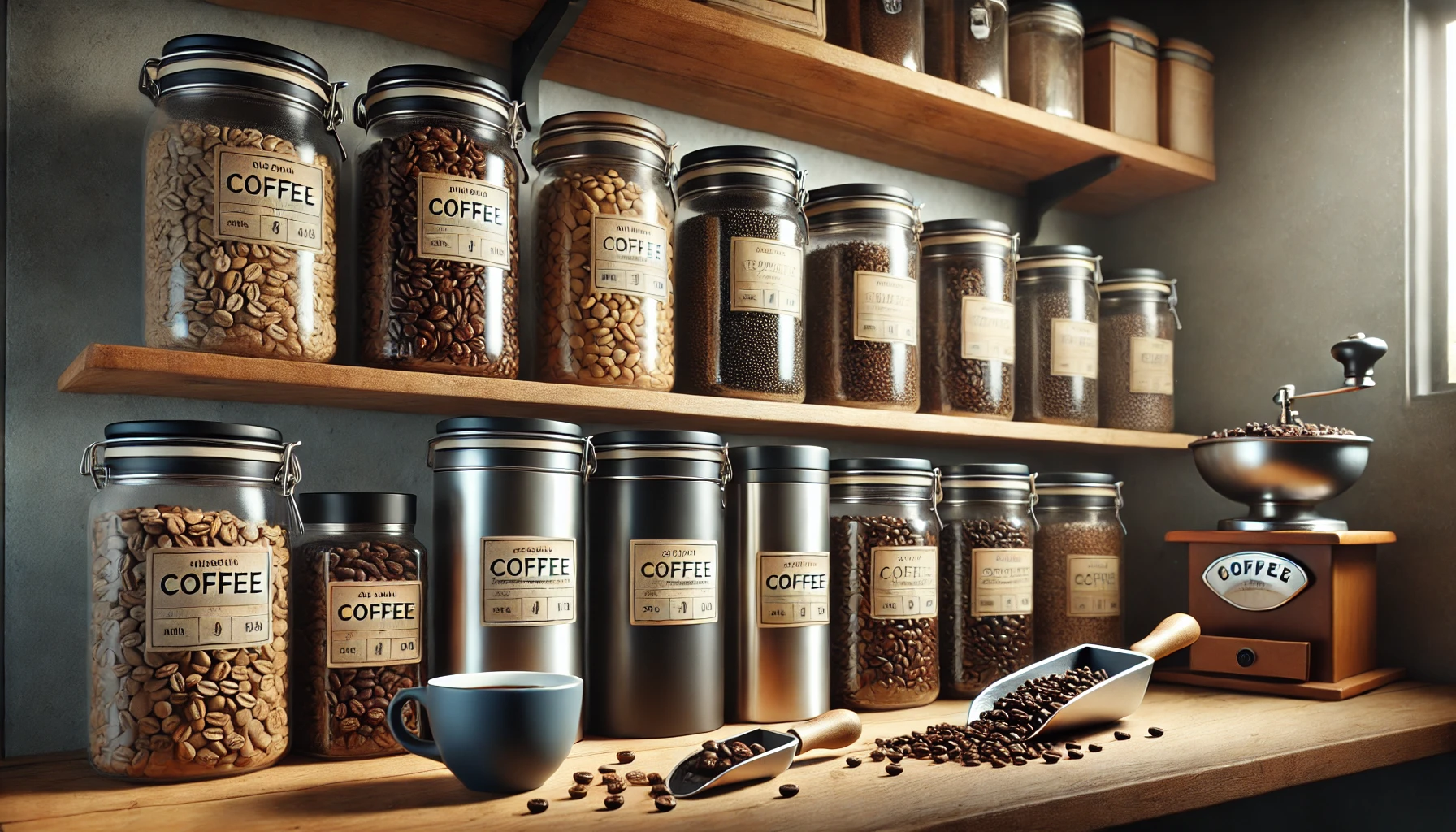You’ve just bought the perfect bag of coffee beans—rich aroma, beautifully roasted, maybe even single-origin. But now comes the most overlooked part of the coffee experience: storing them properly. Coffee beans are delicate, and without the right care, their flavor can fade fast.
In this guide, we’ll walk you through the best ways to store your coffee beans so they stay fresh, flavorful, and aromatic for as long as possible.
Why Coffee Storage Matters
Coffee beans start losing freshness the moment they’re roasted. The main culprits?
- Air – Causes oxidation, dulling flavor
- Moisture – Leads to stale or even moldy beans
- Light – Speeds up the breakdown of aromatic oils
- Heat – Makes beans go stale faster
Proper storage protects the natural oils and compounds that give coffee its delicious taste.
The 4 Enemies of Fresh Coffee
To keep your beans at their best, guard them against:
- Air – Oxygen exposure = loss of flavor.
- Moisture – Humidity makes coffee taste bland or musty.
- Light – Sunlight and artificial light degrade quality.
- Heat – Warm environments accelerate staling.
How to Store Coffee Beans the Right Way
Use an Airtight Container
Choose one that:
✔ Has a tight-sealing lid
✔ Is made of ceramic, stainless steel, or opaque glass
✔ Ideally has a one-way CO₂ valve (lets gas escape without letting air in)
❌ Avoid clear containers unless stored in complete darkness.
Keep Beans in a Cool, Dark Place
Store your coffee:
✔ In a cupboard or pantry, away from heat
✔ Not next to the stove, oven, or window
✔ Definitely not on top of the fridge (it’s warmer than you think!)
Buy in Smaller Batches
Instead of stocking up for months, buy only what you’ll use within 2–3 weeks of the roast date.
🔹 Peak freshness: 7–21 days after roasting.
Keep Them Whole (Don’t Pre-Grind!)
Grind only what you need right before brewing. Ground coffee loses freshness way faster because more surface area is exposed to air.
Should You Refrigerate or Freeze Coffee Beans?
❌ Fridge? No.
The fridge is humid and full of odors—coffee absorbs both, ruining flavor.
Freezer? Sometimes (If Done Right).
Freezing can work for long-term storage, but follow these rules:
✔ Divide into small, airtight portions (so you don’t thaw and refreeze)
✔ Thaw only once
✔ Use immediately after thawing
Best for: Extra beans you won’t use soon.
Worst for: Your daily brew—stick to room temperature storage.
Signs Your Coffee Is No Longer Fresh
Smells flat or stale
Tastes dull or overly bitter
Loses its distinct flavor notes
Seems weak, even with the same brewing method
Fresh coffee should be vibrant and aromatic—if it’s not, time for a new bag.
Pro Tips for Maximum Freshness
✔ Buy from local roasters with roast dates on the bag
✔ Avoid supermarket beans with vague packaging
✔ Keep beans away from strong-smelling foods (spices, onions, etc.)
✔ Store in a dark, dry place
✔ Never scoop with a wet spoon!
Final Thought: Freshness = Flavor
Storing coffee properly is one of the easiest ways to improve your brew. With the right container, a cool dark spot, and smart buying habits, you’ll enjoy richer, more flavorful coffee every time.
So treat your beans right—your taste buds will thank you.
